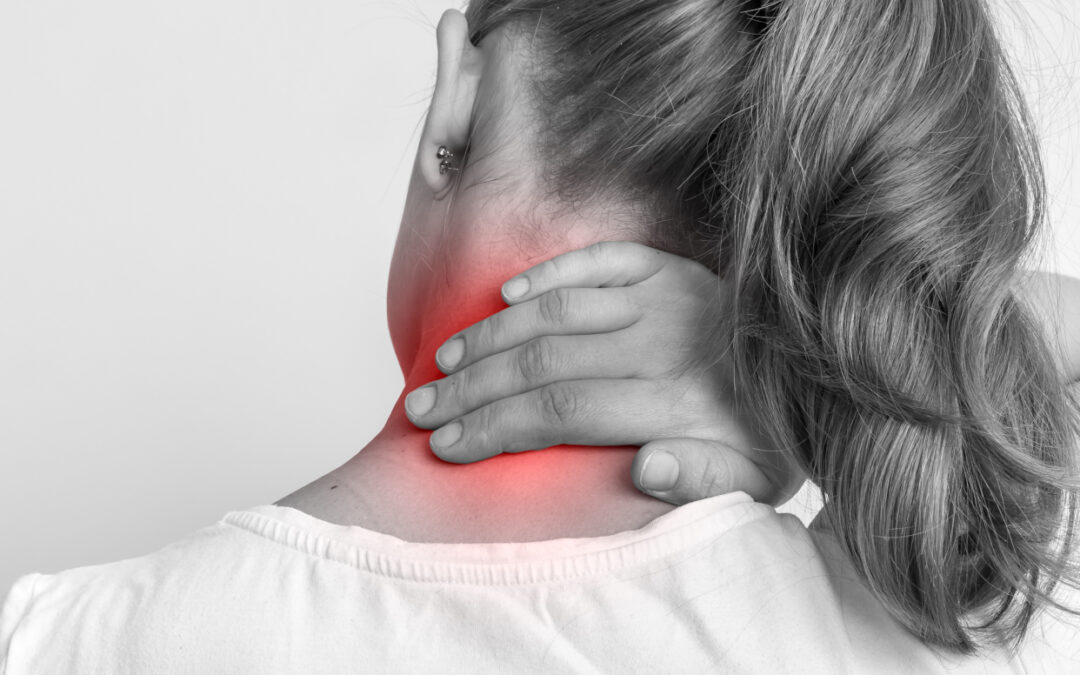Clients may present with either one sided or bilateral shoulder pain that does not seem to resolve with postural re-education and soft tissue work. Often they will report a dull, aching feeling in the shoulder region that is persistent .One factor that may be contributing to this is 1st rib dysfunction.
Clients with poor posture, respiratory conditions, or those who suffer with anxiety and nervousness often have a faulty breathing pattern and overuse their accessory breathing muscles rather than including their abdomen and expanding their lower rib cage.
An ideal breathing pattern sees the abdomen expand, coupled with a lateral expansion of the lower ribs and a small rise in the upper chest. If a client tends to breathe into the upper chest as a preference with little or no abdominal involvement this may indicate a faulty breathing pattern.
Over time this can cause shortening of these accessory muscles which may lead the 1st rib to become elevated. The anterior and middle scalenes are often the most likely soft tissue restriction causing this elevation and the rib becomes ‘locked in inhalation’ (Chaitow 2014)
1st rib may also be implicated in conditions of thoracic outlet syndrome, causing a narrowing of the thoracic outlet when elevated, and would need to be assessed alongside other potential contributors.
The 1st rib will feel very tender to palpate and the surrounding muscle tissues of trapezius, scalenes and sternocleidomastoid will present as tight. Range of movement of the neck will likely be restricted. As the client inhales and exhales deeply an asymmetry may be felt between the two sides on palpation. Both may be locked however there will likely be a more affected side, which would be treated first.
Soft tissue work to address these structures along with muscle energy techniques to release the first rib are very effective at normalising this problem, and coupled with education on optimal breathing patterns can prevent re-occurrence. Poor sleeping positions which encourage shortening of the affected side will need to be changed. Good posture is also key to prevention especially in tasks which may encourage a classic ‘forward head posture’ and rounded shoulders such as computer work.
A full assessment and treatment by a qualified soft tissue therapist will identify and successfully resolve this common problem.
References: Chaitow L 2014: Recognizing and Treating Breathing Disorders



